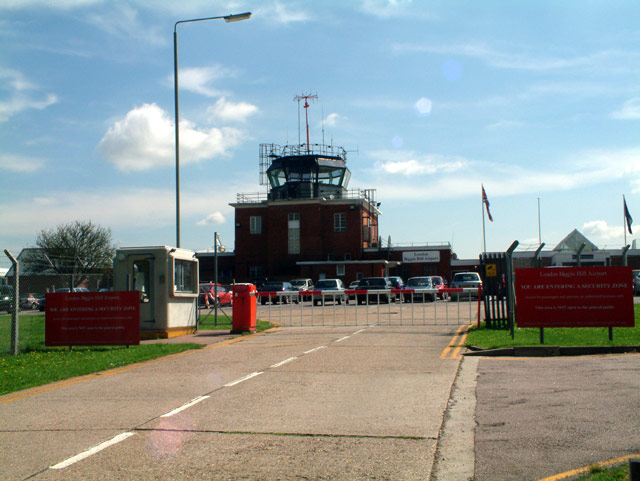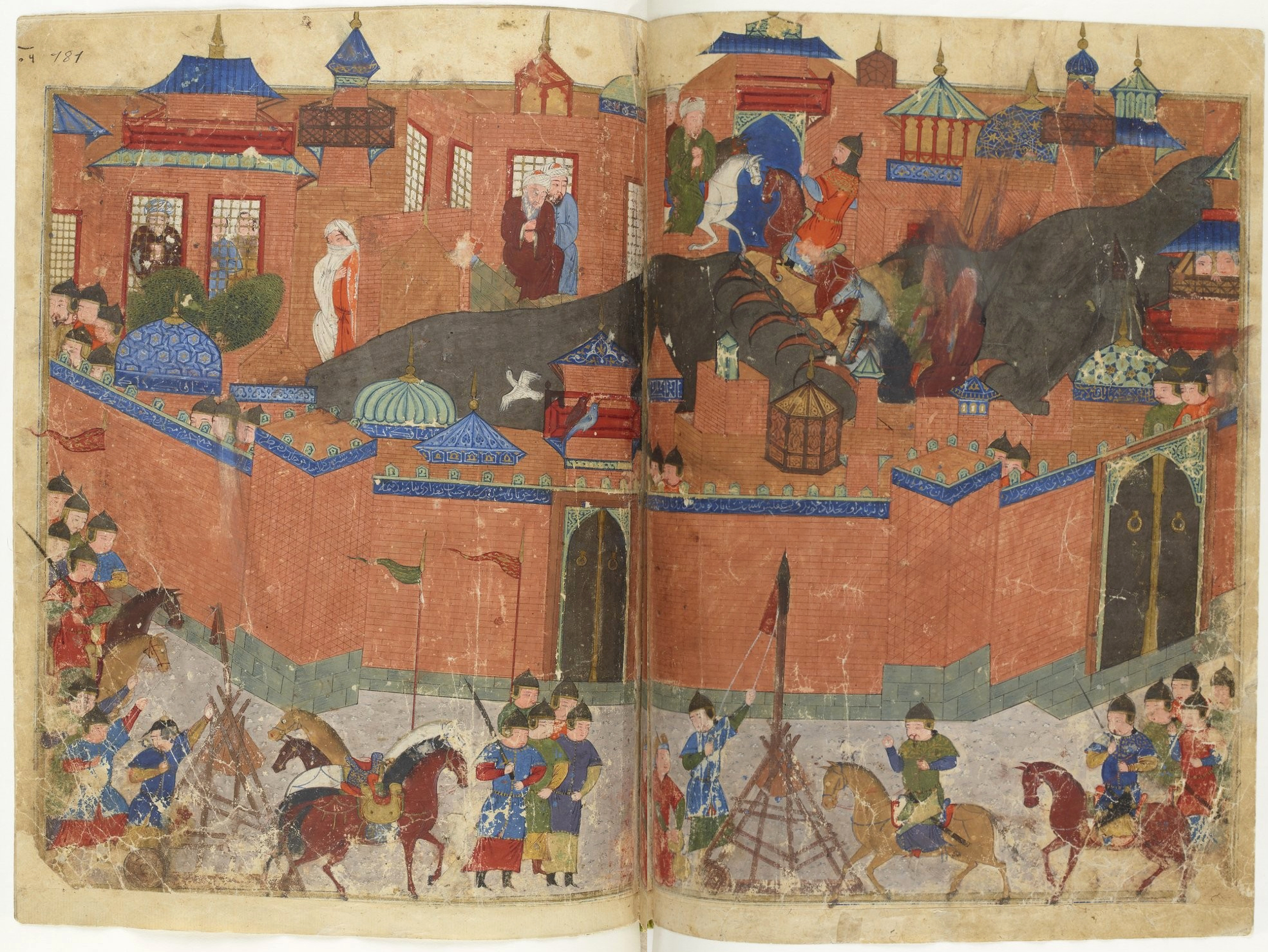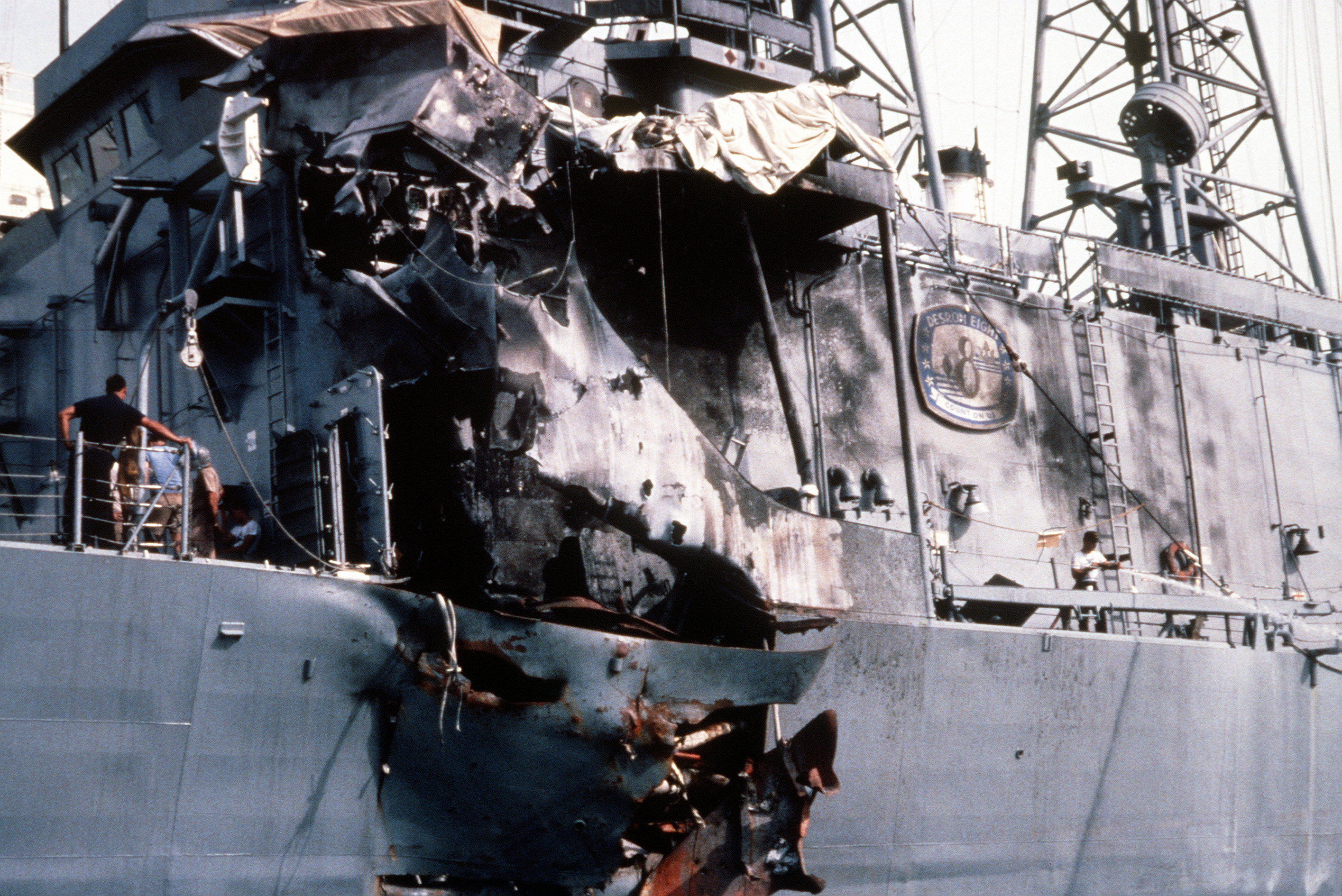|
Shaibah
Shaibah ( ar, الشعيبة) is the name of a small village and a site of a military airfield near Az Zubayr, south west of Basrah in Iraq. The area was the site of a battle with Turkish Forces during the Mesopotamian campaign of the First World War. It was the site of RAF Shaibah from 1920 until 1956 when it was then handed over to the Iraqi Air Force. 3rd Indian Motor Brigade was reformed as 43rd Lorried Infantry Brigade here in December 1942-February 1943 during the Second World War. It was the site of Multi-National Division (South East)/Coalition Forces' Shaibah Logistics Base (SLB) during the Invasion and follow on occupation of Iraq from 2003 until 2007. While in operation it was home to British, Czech, Danish and Norwegian forces. In 2007 the SLB was handed over to Iraqi Army. See also * List of former Royal Air Force stations * Article 5, Anglo-Iraqi Treaty (1930) *USS Stark incident The USS ''Stark'' incident occurred during the Iran–Iraq War on 17 May 1987 ... [...More Info...] [...Related Items...] OR: [Wikipedia] [Google] [Baidu] |
3rd Indian Motor Brigade
The 3rd Indian Motor Brigade was formed in 1940 by the Indian Army during World War II. In 1941, the brigade was surrounded at Mechili by Axis forces during Operation Sonnenblume and suffered many casualties breaking out of the encirclement. One cavalry regiment took part in the Siege of Tobruk and then the brigade was reconstituted in Egypt. In August, the brigade, under Brigadier A. A. E. Filose, was re-equipped at Mena in Egypt and in September moved to north-east Syria. In May 1942, during the Battle of Gazala the brigade held a defensive box at Point 171 near Bir Hakeim and was again overrun by units of the ''Afrika Korps'' and Italian forces. On 28 May, the remnants of the brigade were sent back to Buq Buq to reform and about the men taken prisoner rejoined soon afterwards. The Axis had released from captivity after due to a water-shortage, who reached the Free French fighting the Battle of Bir Hakeim and another were liberated by a British column. In July the remai ... [...More Info...] [...Related Items...] OR: [Wikipedia] [Google] [Baidu] |
Battle Of Shaiba
The Battle of Shaiba (12–14 April 1915) was a battle of World War I fought between British and Ottoman forces, the latter trying to retake the city of Basra from the British. Background By capturing Basra, the British had taken an important communications and industrial centre. The British had consolidated their hold on the city and brought in reinforcements. The Ottomans gathered their forces and launched a counteroffensive to retake the city and push the British out of Mesopotamia. The battle The Ottoman commander Süleyman Askeri had about 4,000 regular soldiers, including the Istanbul Fire Brigade Regiment and a large number of irregular Arabs and Kurds, numbering maybe 14,000, for a total of 18,000 personnel. He chose to attack the British positions around Shaiba, southwest of Basra. Travel between =asra and Shaiba was difficult because seasonal floods had turned the area into a lake, and movement went via boat. The British garrison at Shaiba consisted of about 7,000 me ... [...More Info...] [...Related Items...] OR: [Wikipedia] [Google] [Baidu] |
Iraqi Air Force
The Iraqi Air Force (IQAF or IrAF) ( ar, القوات الجوية العراقية, Al Quwwat al Jawwiyah al Iraqiyyah}) is the aerial warfare service branch of the Iraqi Armed Forces. It is responsible for the defense of Iraqi airspace as well as the policing of its international borders. The IQAF also acts as a support force for the Iraqi Navy and the Iraqi Army, which allows Iraq to rapidly deploy its military. It is headquartered in Baghdad; the current commander is Gen. Shihab Jahid Ali. The Iraqi Air Force was founded in 1931, during the period of British control in Iraq after their defeat of the Ottomans in the First World War, with only a few pilots. The Iraqi Air Force operated mostly British aircraft until the 14 July Revolution in 1958, when the new Iraqi government began increased diplomatic relationships with the Soviet Union. The air force used both Soviet and British aircraft throughout the 1950s and 1960s. When Saddam Hussein came to power in 1979, the air force ... [...More Info...] [...Related Items...] OR: [Wikipedia] [Google] [Baidu] |
Anglo-Iraqi Treaty (1930)
The Anglo-Iraqi Treaty of 1930 was a treaty of alliance between the United Kingdom of Great Britain and Northern Ireland and the British-Mandate-controlled administration of the Hashemite Kingdom of Iraq. The treaty was between the governments of George V of the United Kingdom and Faisal I of Iraq. High Commissioner Francis Humphrys signed for the United Kingdom and Prime Minister Nuri as-Said signed for Iraq. The 1930 treaty was based upon an earlier Anglo-Iraqi Treaty of 1922 but took into account Iraq's increased importance to British interests given new oil finds made in 1927. Background During the Mesopotamian campaign of the First World War, the British Army (alongside troops from the Commonwealth), fighting on the side of Allies, defeated the forces of the Ottoman Empire, fighting on the side the Central Powers. After the end of the First World War, British troops remained in the region which became the Kingdom of Iraq. In 1920, after the Ottoman Empire was partiti ... [...More Info...] [...Related Items...] OR: [Wikipedia] [Google] [Baidu] |
List Of Former Royal Air Force Stations
This list of former RAF stations includes most of the stations, airfields and administrative headquarters previously used by the Royal Air Force. The stations are listed under any former county or country name which was appropriate for the duration of operation. It has been stated that RAF stations took their name from the civil parish in which the station headquarters was located, rather than the nearest railway station (e.g., Binbrook has never had a railway station), but there are many exceptions. __TOC__ British Isles Chain Home, Chain Home Low, Chain Home Extra Low, ROTOR and tropo-scatter stations Notes: Some of the Chain Home Low sites were co-located with the larger Chain Home radars. Chain Home Extra Low equipment was co-located with "Chain Home" and "Chain Home Low" as well as at separate sites, but were of a less permanent nature, usually with mobile equipment. ROTOR was the post war Radar interception system created from existing radar installations. NARS ... [...More Info...] [...Related Items...] OR: [Wikipedia] [Google] [Baidu] |
Operation Telic
Operation Telic (Op TELIC) was the codename under which all of the United Kingdom's military operations in Iraq were conducted between the start of the invasion of Iraq on 19 March 2003 and the withdrawal of the last remaining British forces on 22 May 2011. The bulk of the mission ended on 30 April 2009 but around 150 troops, mainly from the Royal Navy, remained in Iraq until 22 May 2011 as part of the Iraqi Training and Advisory Mission. 46,000 troops were deployed at the onset of the invasion and the total cost of war stood at £9.24 billion in 2010. Background Operation Telic was one of the largest deployments of British forces since World War II. It was only approached in size by the 1991 Operation Granby deployment for the Gulf War and the 1956 Operation Musketeer Suez Crisis deployment. It was considerably larger than the 1982 Operation Corporate in the Falklands War, which saw around 30,000 personnel deployed and the Korean War, which saw fewer than 20,000 personnel deplo ... [...More Info...] [...Related Items...] OR: [Wikipedia] [Google] [Baidu] |
Iraq
Iraq,; ku, عێراق, translit=Êraq officially the Republic of Iraq, '; ku, کۆماری عێراق, translit=Komarî Êraq is a country in Western Asia. It is bordered by Turkey to Iraq–Turkey border, the north, Iran to Iran–Iraq border, the east, the Persian Gulf and Kuwait to the southeast, Saudi Arabia to the south, Jordan to Iraq–Jordan border, the southwest and Syria to Iraq–Syria border, the west. The Capital city, capital and largest city is Baghdad. Iraq is home to diverse ethnic groups including Iraqi Arabs, Kurds, Iraqi Turkmen, Turkmens, Assyrian people, Assyrians, Armenians in Iraq, Armenians, Yazidis, Mandaeans, Iranians in Iraq, Persians and Shabaks, Shabakis with similarly diverse Geography of Iraq, geography and Wildlife of Iraq, wildlife. The vast majority of the country's 44 million residents are Muslims – the notable other faiths are Christianity in Iraq, Christianity, Yazidism, Mandaeism, Yarsanism and Zoroastrianism. The official langu ... [...More Info...] [...Related Items...] OR: [Wikipedia] [Google] [Baidu] |
Military History Of Iraq
The military history of Iraq, due to a rich archaeological record, is one of the longest in written human history. The region of Iraq, which used to be Mesopotamia, has been referred to as the " cradle of civilization", and wars of conquest have been recorded in this region as far back as the third millennium BC. Because of its geopolitical dominance and ideology based in world domination, the Neo-Assyrian Empire is by many researchers regarded to have been the first world empire in history. The area possesses strategic value, initially for the rich, fertile agricultural region in the Mesopotamian plain, and more recently for large petroleum deposits and access to the oil-rich Persian Gulf. The present territory of Iraq lacks significant strategic barriers, making it difficult to defend against foreign invasion. Mesopotamia *In 2525 BC, there was a battle between King Eannatum of Lagash, and Umma. The battle is recorded on the Stele of the Vultures. The king won the battle ... [...More Info...] [...Related Items...] OR: [Wikipedia] [Google] [Baidu] |
USS Stark Incident
The USS ''Stark'' incident occurred during the Iran–Iraq War on 17 May 1987, when an Iraqi jet aircraft fired two Exocet missiles at the American frigate . A total of 37 United States Navy personnel were killed or later died as a result of the attack, and 21 were injured. Incident was part of the Middle East Task Force assigned to patrol off the Saudi Arabian coast near the Iran–Iraq War exclusion boundary. At the time, the United States Central Command identified the attacking aircraft as an Iraqi Dassault Mirage F1 fighter. However, later reporting has asserted that the attacking aircraft was a Dassault Falcon 50 business jet which had been modified with a radar and missile hardpoints to carry two AM-39 Exocet missiles for anti-shipping operations. The F1EQ-5 variant of the Mirage F1 operated by Iraq at the time was only capable of carrying a single Exocet. Iraq had previously used modified Falcon jets in civilian markings to conduct covert photographic reconnaissance i ... [...More Info...] [...Related Items...] OR: [Wikipedia] [Google] [Baidu] |
Iraqi Army
The Iraqi Ground Forces (Arabic: القوات البرية العراقية), or the Iraqi Army (Arabic: الجيش العراقي), is the ground force component of the Iraqi Armed Forces. It was known as the Royal Iraqi Army up until the coup of July 1958. The Iraqi Army in its modern form was first created by the United Kingdom during the inter-war period of ''de facto'' British control of Mandatory Iraq. Following the invasion of Iraq by U.S. forces in 2003, the Iraqi Army was rebuilt along U.S. lines with enormous amounts of U.S. military assistance at every level. Because of the Iraqi insurgency that began shortly after the invasion, the Iraqi Army was later designed to initially be a counter-insurgency force. With the withdrawal of U.S. troops in 2010, Iraqi forces have assumed full responsibility for their own security. A ''New York Times'' article suggested that, between 2004 and 2014, the U.S. had provided the Iraqi Army with $25 billion in training and equipment in ... [...More Info...] [...Related Items...] OR: [Wikipedia] [Google] [Baidu] |
Multi-National Division (South-East) (Iraq)
Multi-National Division (South-East) (MND(SE)) was a British commanded military division responsible for security in the south east of Iraq from 2003 to 2009. It was responsible for the large city of Basra (or Basrah) and its headquarters were located at Basra Airport. The division was initially responsible for the governorates (roughly provinces) of Al Muthanna, Maysan, Basra, and Dhi Qar. MND-SE was a subordinate division of Multi-National Corps Iraq. Multi-National Corps Iraq was itself part of Multi-National Force-Iraq. History In aftermath of the 2003 invasion of Iraq, which had the British codename 'Operation Telic,' the British 1st Armoured Division and 3rd Mechanised Division were successively responsible for the command and control of the occupation forces in south east Iraq. After 3rd Mechanised Division's tour of duty came to an end it was replaced by a composite headquarters still known as MND (SE). General Officers Commanding * December 2003 – July 2004: Major-Gen ... [...More Info...] [...Related Items...] OR: [Wikipedia] [Google] [Baidu] |
Second World War
World War II or the Second World War, often abbreviated as WWII or WW2, was a world war that lasted from 1939 to 1945. It involved the vast majority of the world's countries—including all of the great powers—forming two opposing military alliances: the Allies and the Axis powers. World War II was a total war that directly involved more than 100 million personnel from more than 30 countries. The major participants in the war threw their entire economic, industrial, and scientific capabilities behind the war effort, blurring the distinction between civilian and military resources. Aircraft played a major role in the conflict, enabling the strategic bombing of population centres and deploying the only two nuclear weapons ever used in war. World War II was by far the deadliest conflict in human history; it resulted in 70 to 85 million fatalities, mostly among civilians. Tens of millions died due to genocides (including the Holocaust), starvation, ma ... [...More Info...] [...Related Items...] OR: [Wikipedia] [Google] [Baidu] |





